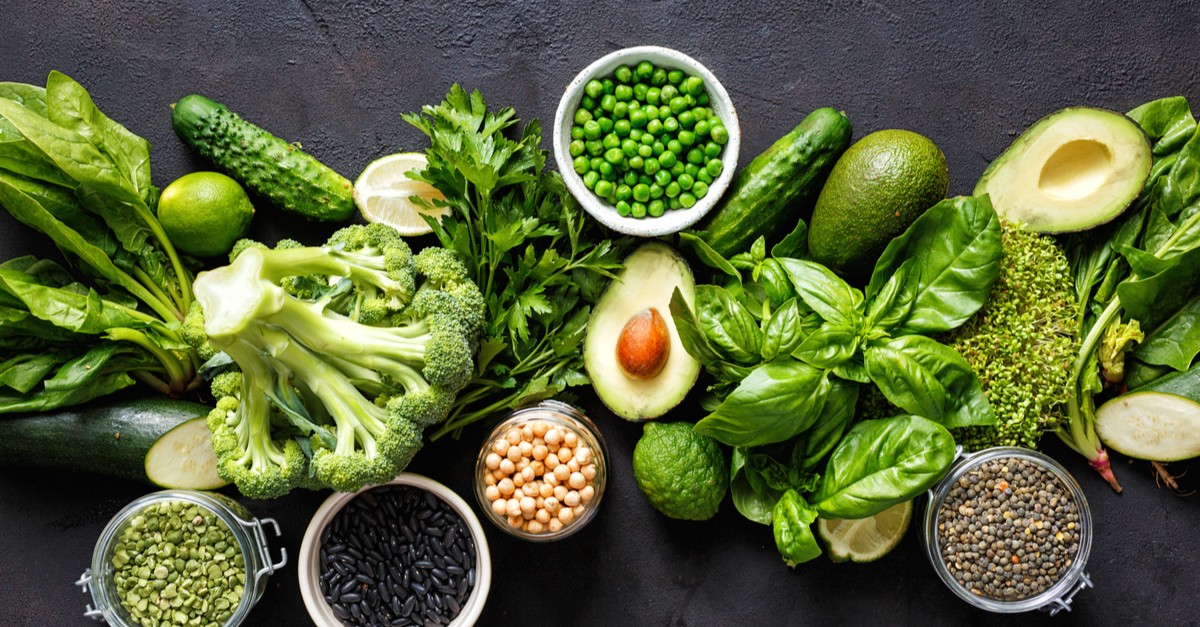The Struggle
Oxidation is a plague when it comes to food. We wish we could keep the greens, fruits, and vegetables looking as bright and vibrant as the day they were picked. Unfortunately that’s not how the circle of life works. Once the foods are picked, packed, and shipped we have lost valuable days in the life of the food. Then once we create a dish with the food we increase the speed at which oxidation occurs. Let’s face it we all know that one day old guacamole is good but our friends and family will avoid it at all costs if it has even the slightest bit of brown on it. So is there anything we can do to avoid this?
“What are my options to keep veggies from browning?”
Oxidation Station
So first let’s do our best to understand oxidation. Oxidation is the loss of electrons during a reaction by a molecule, atom or ion. In simple terms oxidation is oxygen reacting with the cells and causing them to brown. But let’s dive deeper into that, we will talk about apples in this case. When you cut an apple you destroy the cell walls. Apples and other foods that oxidize contain phenols and phenolase. When you destroy the cell walls it exposes both the phenols and phenolase. When the cell walls are cut the enzyme phenolase bonds to oxygen and converts the phenols to melanin. Melanin is a dark brown and sometimes black pigment, this is why the foods change color. Lastly to bring this full circle, the reason this change occurs is because oxygen is very good at removing electron ions in the atoms of the phenols which converts them to melanin.
Green with Envy
So you’re probably asking “that’s great and all but can I prevent oxidation from happening”? The answer is YES! We have a couple of ingredients that will make oxidation a thing of the past. Ascorbic acid is an antioxidant that can be used in many different recipes. It works by binding free oxygen that could bond to the phenolase and start the oxidation process. One thing to note is that ascorbic acid is acidic and will make food sour. Ascorbic acid should be used in a ratio of 0.5% of the total weight of the recipe. The better option is to eliminate the cause of the oxidation all together. Sodium bisulfite when added to water creates sulfur dioxide, sulfur dioxide then inactivates the enzyme phenolase all together. The best ratio for sodium bisulfite is 0.1% of the total weight of the recipe. Never use sodium bisulfite in a ratio higher than 1.25% as it could cause an allergic reaction. It is also good to note that these will not reverse the oxidation. If your food has already browned it will not revert back to its original form if you add either of these products. But as long as these ingredients are added during or just after the food has been prepped, they will keep the color. Try these on your favorite recipe to see what a difference they make or check out our recipe below that uses Sodium bisulfite!
Ready to get Cooking?
Give our Ultimate Game Day Guacamole recipe a try! This recipe guarantees guacamole with longevity that won’t brown before the game is done. Our magical ingredient sodium bisulfite keeps your guacamole green and your avocado flavor pure. And the best part: The ability to make your guacamole ahead of time gives the flavors of your other ingredients (tomatoes, cilantro, cumin, etc.) a chance to mingle and develop fully.
Have a Question? Ask a Chef!
Modernist Pantry is here to help professional and home chefs transform food. We’re honored so many of you reach out to our test kitchen for problem solving and inspiration. Have a question? Click to Ask a Chef!



3 Comments.
Hi, I would like to know what can I use as an alternative to baking powder & soda for creating carbon dioxide in gluten-free pancakes? I can’t use apple cider vinegar either. Is there a product I can use to make the pancakes stay inflated & not lose its fullness & not have a wet interior as well? Thanks in advance for your response.
This is an interesting question but unfortunately we’re not aware of any products that can substitute out for baking powder and soda.
Use a whip cream siphon to dispense batter and charge with co2.